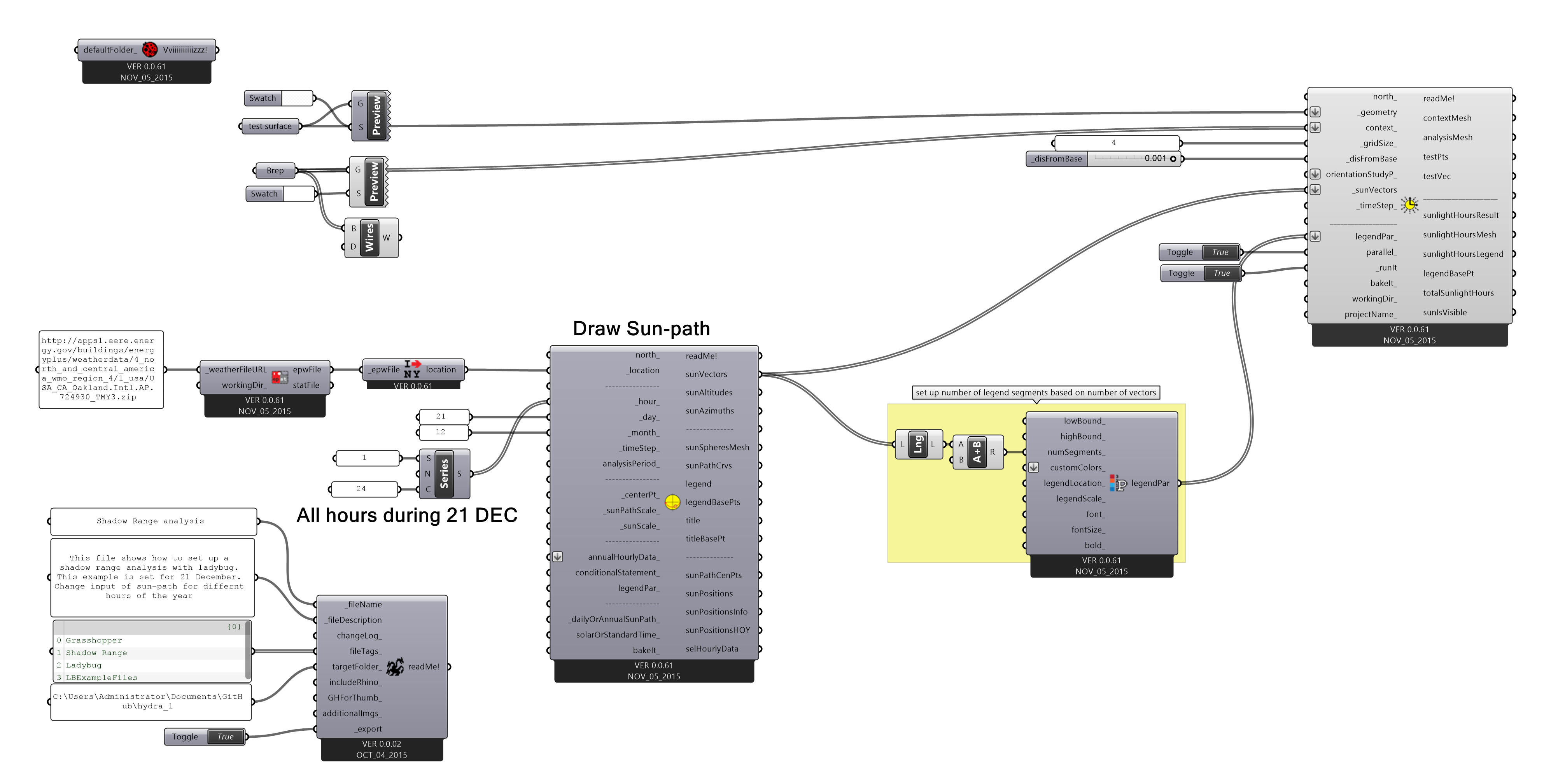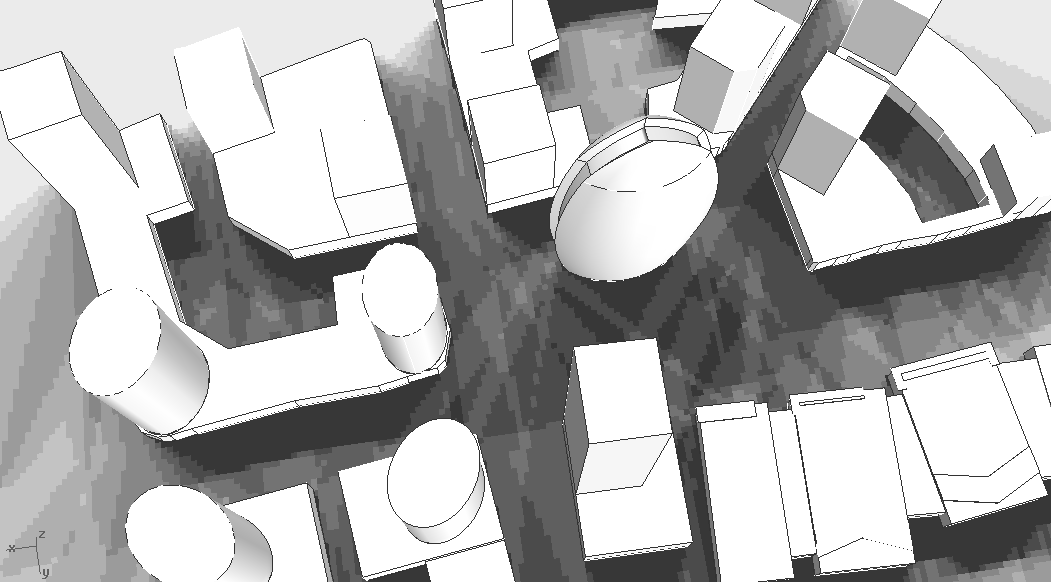Rhino, Grasshopper, Ladybug, Honeybee and related fauna
I am a long time energy modeler recently venturing into daylight modeling. I am now interested in gaining a grasp of visualization tools. I have seen a lot of references to Rhino, Grasshopper, etc. but I haven't found a good description of how these tools interconnect and how to go about getting started. There are many video tutorials on using various aspects of these different tools but no basic text description on how to get started. For example, generating shadow range analysis early in the design stage using the Architects drawing of the building. Or sunlight hour analysis.



Comments